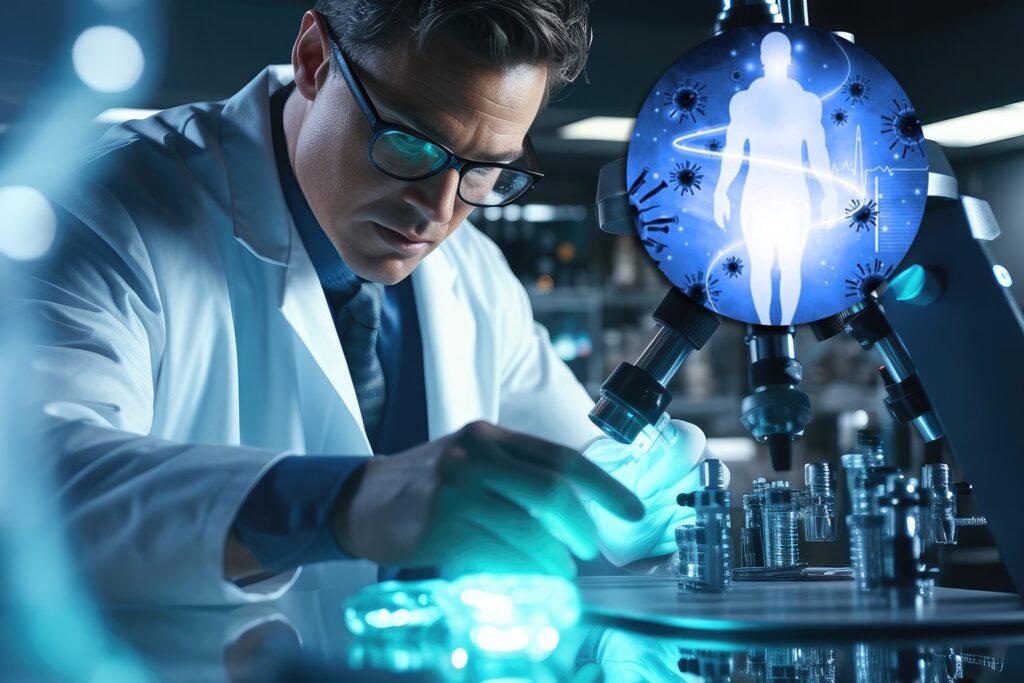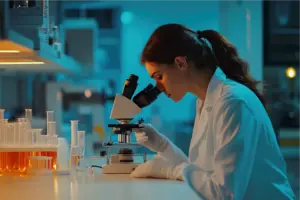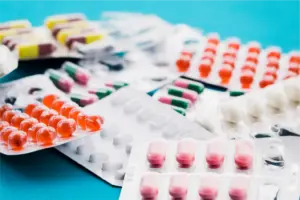
Researchers in Israel have made a revolutionary find revealing a secret component of the immune system that might completely change our approach to fight diseases. Previously solely known for recycling proteins, a structure inside human cells has a secret function in generating strong antibiotic chemicals, according to scientists. This discovery gives promise for the fight against drug-resistant superbugs and opens a fresh path for creating antibiotics.
The discovery centers on the microscopic structure found in every cell of the body—the proteasome. Its main purpose until recently was assumed to be breaking down aged proteins into tiny pieces for usage again. But a fresh study in the esteemed publication Nature reveals that the proteasome has yet another, hitherto unidentified purpose. Under bacterial infection, the proteasome changes from its normal recycling function to become a defense mechanism. It begins converting old proteins into antimicrobial agents by breaking apart their protective outer layer, therefore destroying bacteria.
The research team at the Weizmann Institute of Science in Israel has said that this find changes everything. Leading the research, Professor Yifat Merbl showed her enthusiasm about the results. “We never realized this was happening, hence this is very fascinating. We found a new system of immunity that lets our body fight antibiotics in a totally unanticipated manner. It occurs in every one of our cells and generates a whole fresh class of possible natural antibiotics,” she said.
The researchers used a method they called “dumpster diving,” in which they meticulously examined cellular waste to find antimicrobial molecules, in order to expose this secret defense system. These naturally occurring antibiotics were then tested on mice afflicted with pneumonia and sepsis as well as in laboratory environments. The findings were quite encouraging, displaying an impact on par with that of known antibiotics.
Experiments demonstrating the significance of this discovery revealed that purposely damaged proteasome in laboratory cells allowed bacteria like Salmonella to infect them far more readily. This result supports the theory that defense against bacterial incursions depends critically on this latent immune response.
Globally renowned experts in immunology and antimicrobial research have praised this discovery as a significant advance. Head of life sciences at Imperial College London, immunologist Professor Daniel Davis said the results were “very provocative and very interesting,” saying they fundamentally change our knowledge of how the body battles illness. “What’s most fascinating about this is it exposes an entirely undiscovered mechanism within our cells creating anti-germ chemicals. It feels shockingly significant and vital,” he said.
Scientists warn despite the enthusiasm that it will take time to translate this finding into fresh antibiotics. Although the findings thus far show encouraging outcomes, more study is required to ascertain how these naturally occurring antimicrobial agents might be used therapeutively.
The urgency of new antibiotics has never been more clear-cut. More than a million people die annually from diseases brought on by drug-resistant germs; current medications are losing their potency. Traditionally, the worldwide hunt for novel antibiotics has concentrated on soil bacteria and other outside sources; but, this new discovery implies that the human body itself might be the secret to next medicines.
Senior microbiology lecturer Dr. Lindsey Edwards of King’s College London underlined the relevance of this result. “That’s quite fascinating as new antibiotics might be a gold mine. Although historically we have sought fresh antibiotics from soil microorganisms, we now understand that our own bodies might be creating them organically. Since these molecules are already present in the human body, the safety issue of turning them into medications could be far simpler,” she said.
This ground-breaking study gives promise for the creation of creative medicines to tackle fatal bacterial diseases by pointing a fresh path in the battle against antibiotic resistance. Although it could take years to transform these discoveries into generally accessible medications, this represents a major advancement in knowledge of the body’s natural defenses and opens fresh avenues for life-saving antibiotics.








